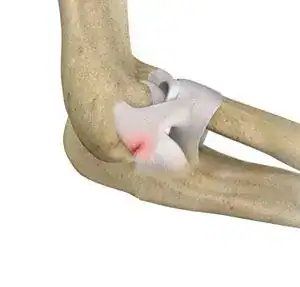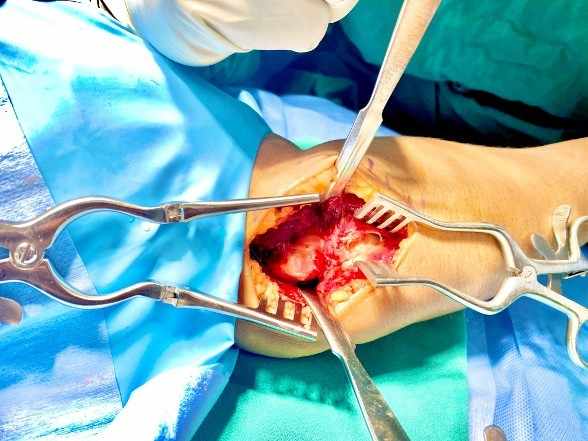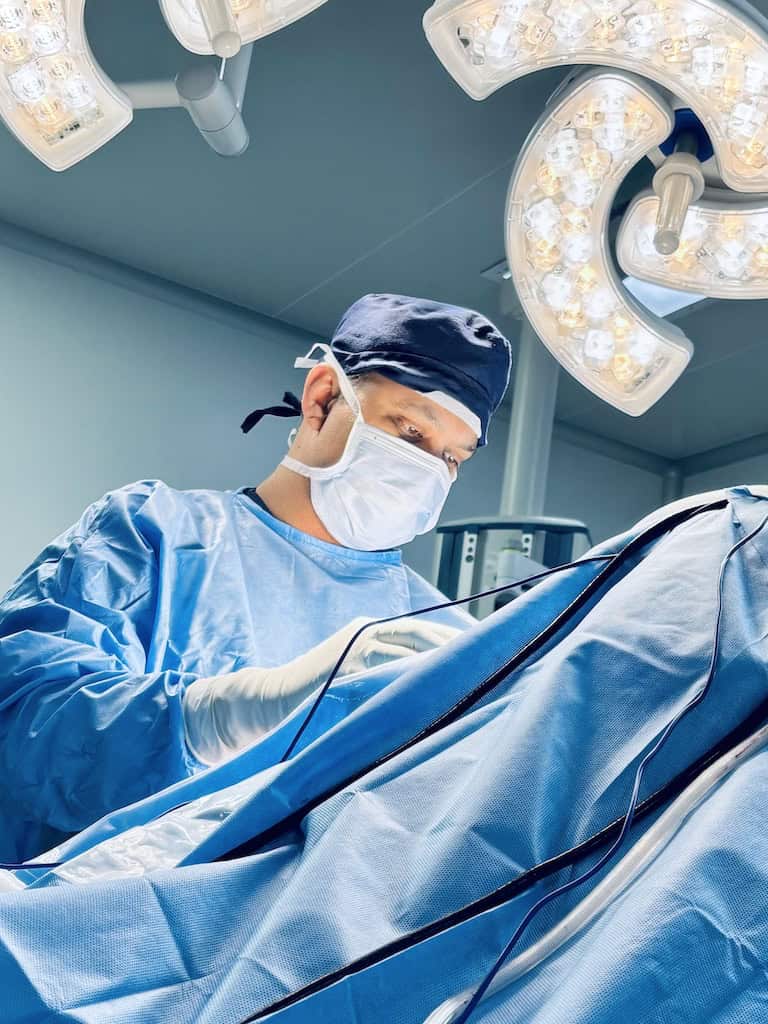Elbow Ligament Repair
Elbow ligament tear surgery is performed to repair or reconstruct damaged ligaments in the elbow, most commonly the ulnar collateral ligament (UCL) or the lateral collateral ligament (LCL). These ligaments are crucial for maintaining elbow stability, especially in athletes and individuals who use repetitive arm movements like throwing or lifting.
The elbow is stabilized by several ligaments:
| Ligament | Location | Function |
| Ulnar Collateral Ligament (UCL) | Inner (medial) side of the elbow | Resists valgus stress (forces pushing the forearm outward) |
| Lateral Collateral Ligament (LCL) | Outer (lateral) side | Resists varus stress (inward forces); prevents dislocation |
| Annular Ligament | Surrounds the radial head | Allows rotation of the forearm |

Types of Elbow Ligament Tear Surgeries
- Ulnar Collateral Ligament (UCL) Reconstruction
Also known as Tommy John Surgery
- Most common in baseball pitchers and overhead athletes
- Replaces the torn UCL with a tendon graft (usually from the forearm, hamstring, or a donor)
- Restores valgus stability needed for throwing
- Lateral Collateral Ligament (LCL) Repair or Reconstruction
- Common after elbow dislocations or trauma
- LCL repairs are performed in cases of posterolateral rotatory instability (PLRI)
- If ligaments are severely damaged, tendon grafts are used
- Primary Repair (if injury is recent and tissue is healthy)
- Ligament is re-attached to the bone using suture anchors
- More common in acute injuries in younger individuals

Clinical Pathway
- You will be seen by the specialist in outpatient department for clinical evaluation.
- You will be asked certain questions related to your symptoms and examined thoroughly.
- Your investigations such as X-ray, CT, MRI will be reviewed, following which a surgical plan of surgery will be made.
- A detailed explanation will be given to you with regards to surgery along with its pros and cons.
- You will be seen by the anesthetic team
- Your fitness for surgery will be evaluated.
- Investigations including blood tests will be carried out.
- A physical therapist will explain you with regarding to the post op precautions, exercises and immobilization.
- You will be admitted on the day of surgery in the morning. The surgery will be performed under general and regional anesthesia.
- After surgery, you will be under certain medication to control your post operative pain to make you comfortable.
- You will be discharged in next two to three days with post operative instructions.
- Your physical therapy will be started on the next day after surgery and will continue for around three months.
- You will be required to see the specialist in outpatient clinic on couple of occasions to assess the recovery. You were expected to recover completely in approximately three to six months.
To summarise, elbow arthroscopy is a minimally invasive procedure used for pain, stiffness, arthritis, loose bodies, tendon issues and causes Less pain, faster recovery, smaller scars than open surgeries, with high success rate when performed for appropriate conditions.






